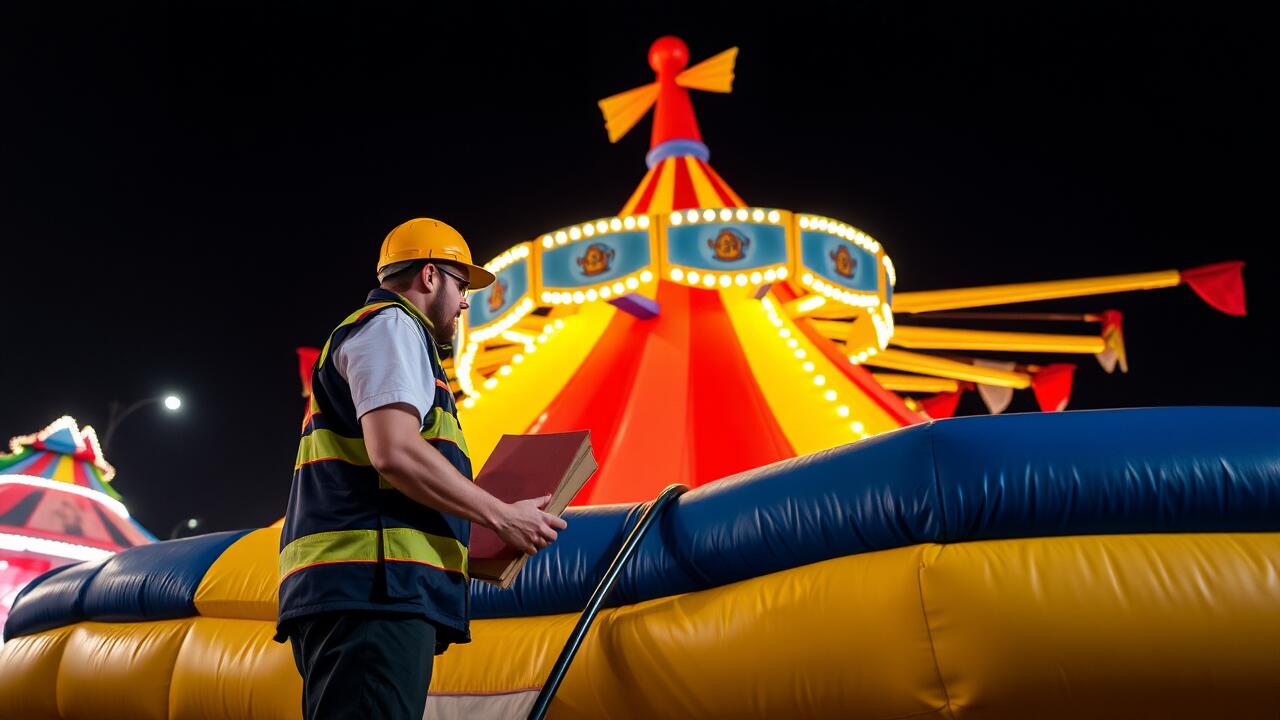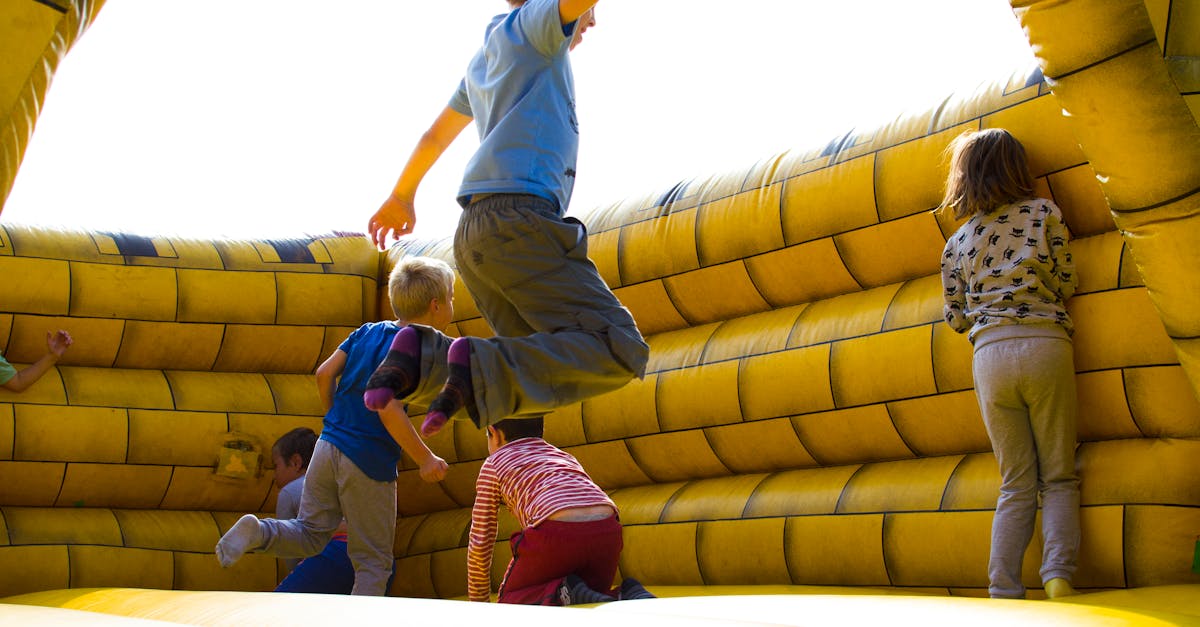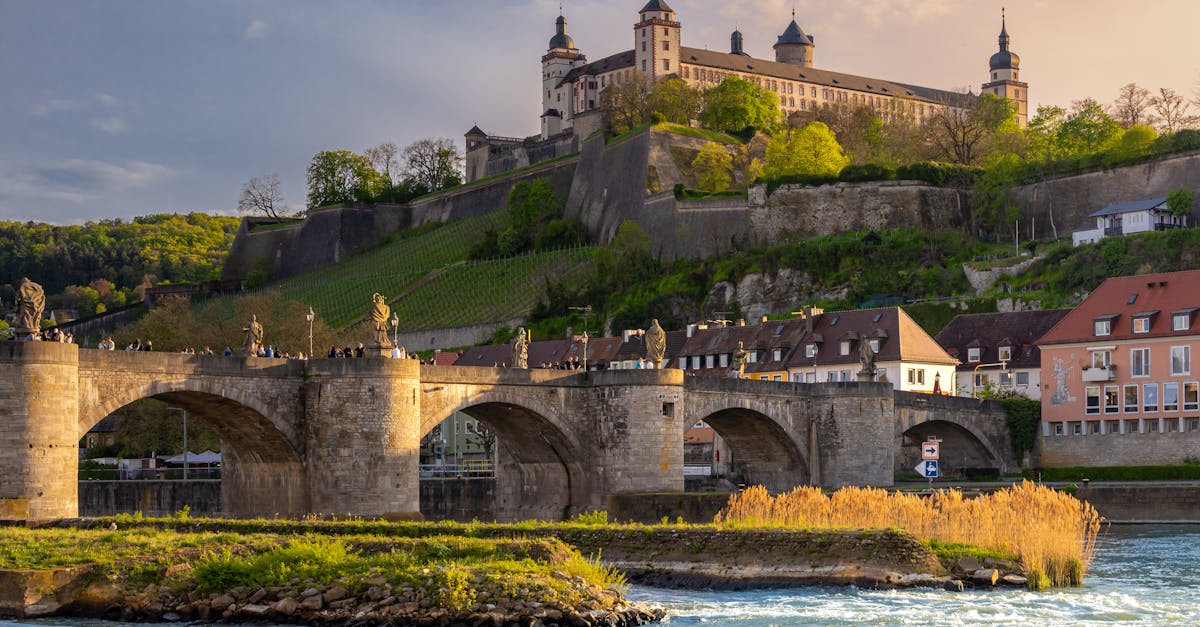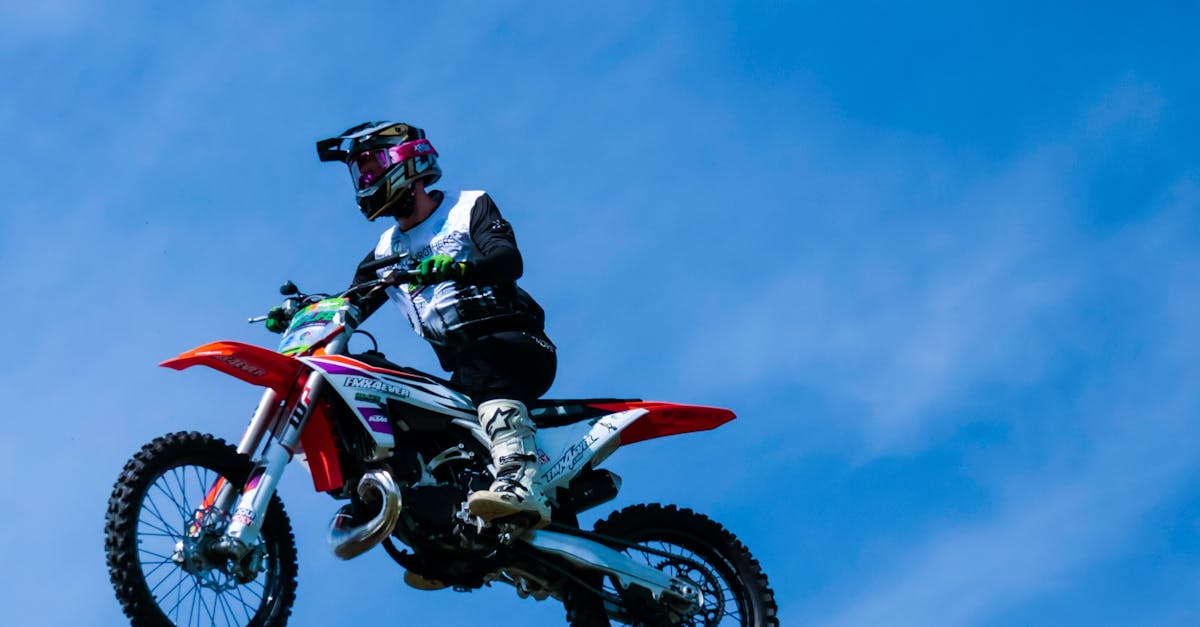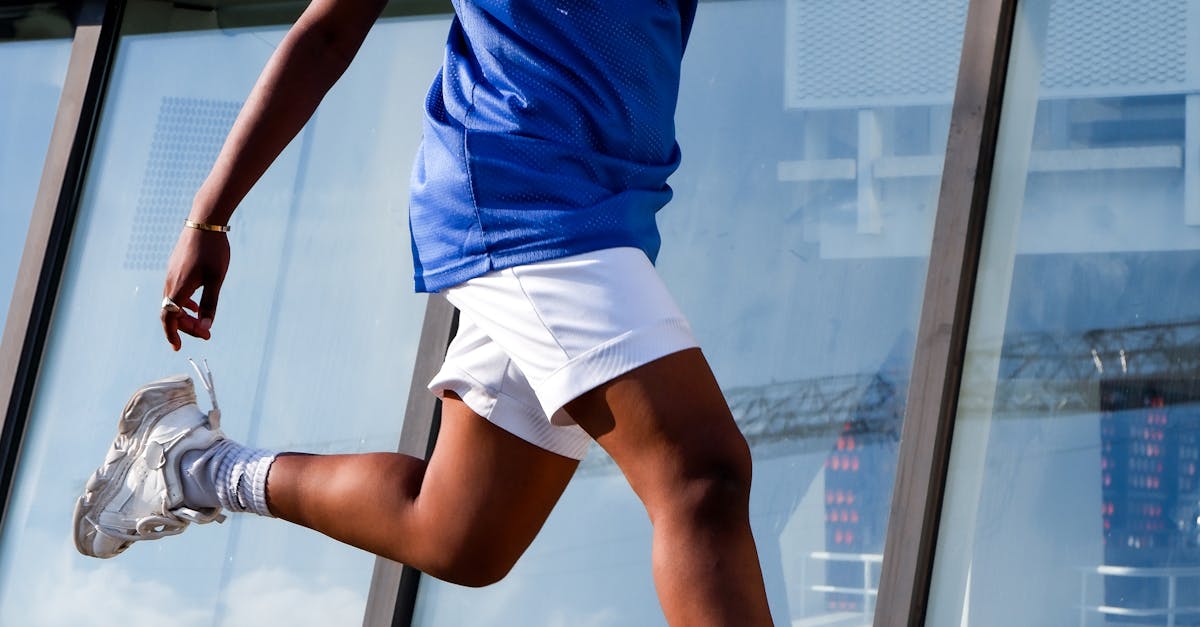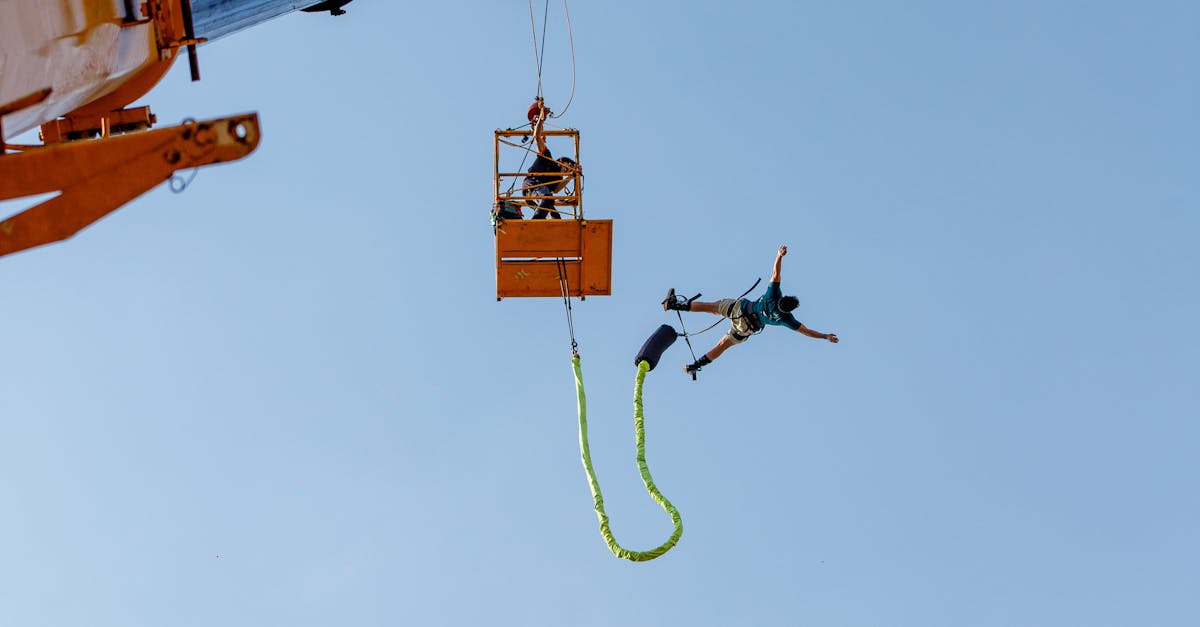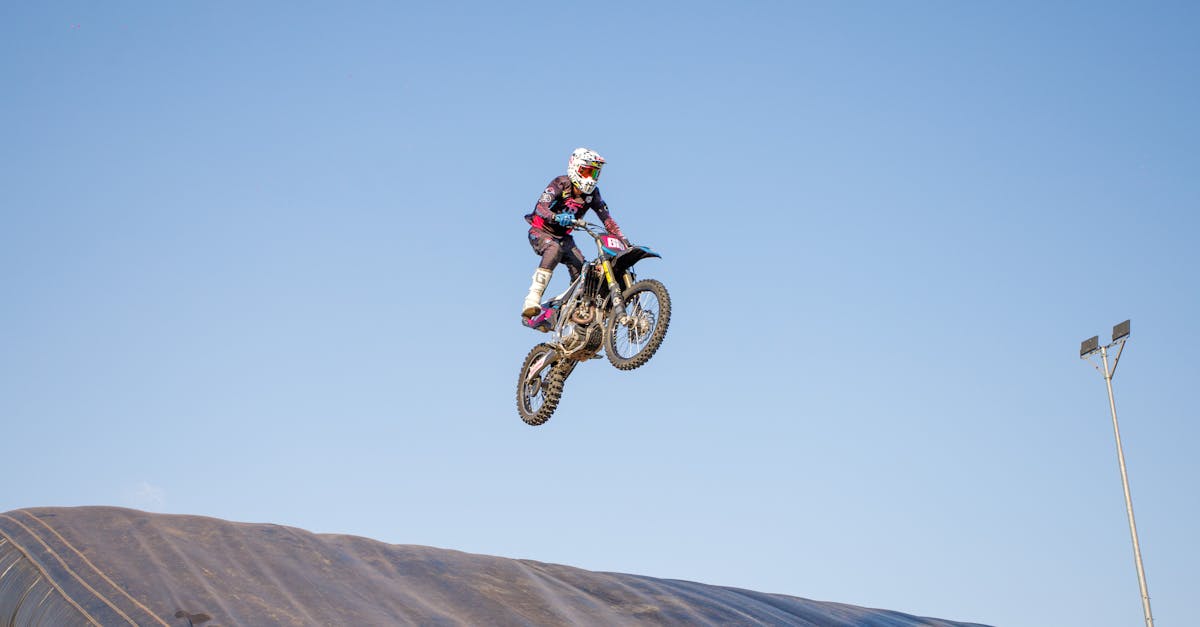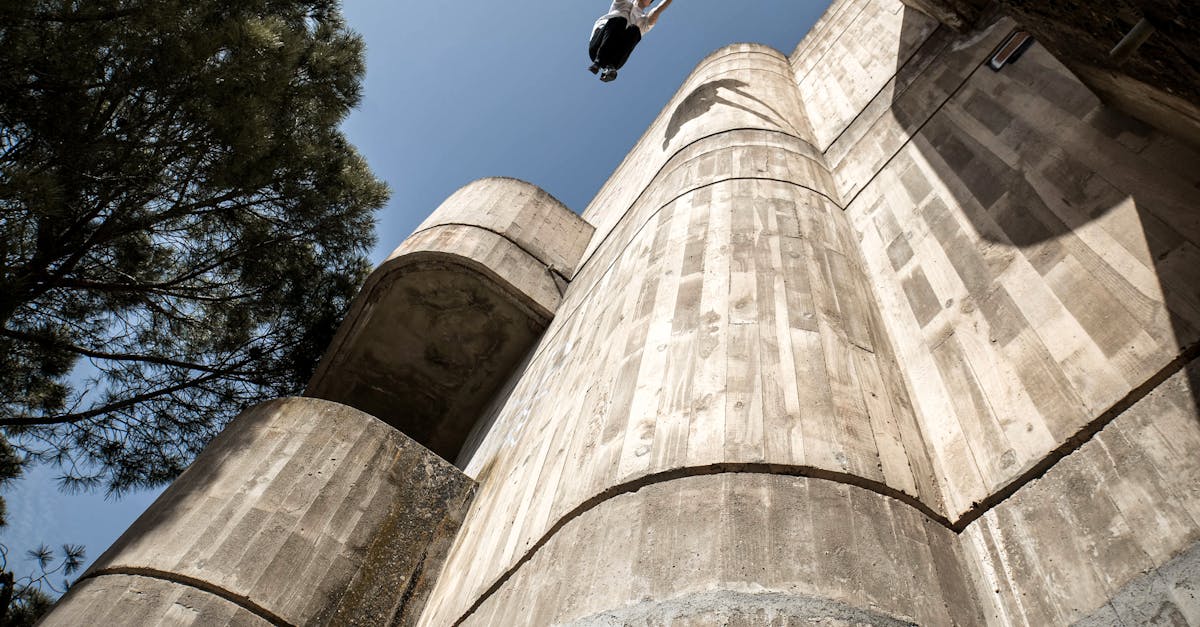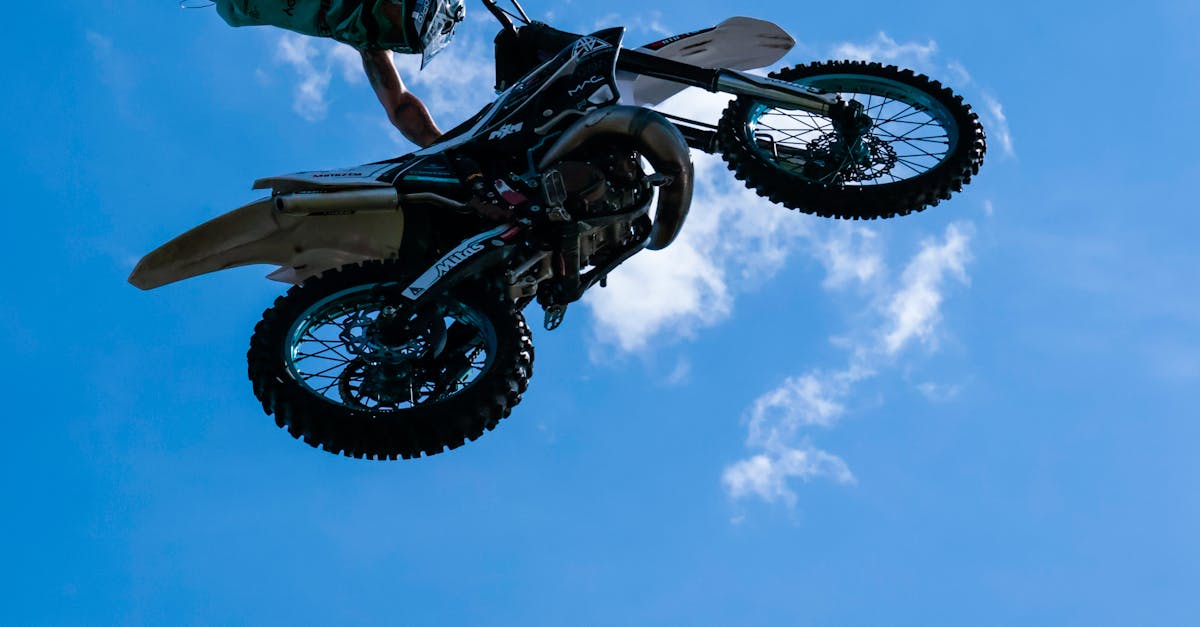
Table Of Contents
The Role of Theme Parks
Theme parks play a pivotal role in the planning and construction of roller coasters, shaping the overall experience they offer to visitors. These attractions are designed to enhance the park's appeal, drawing in crowds eager for adrenaline-pumping experiences. In addition to roller coasters, parks often incorporate inflatables and carnival rides, providing a diverse range of entertainment options that cater to different age groups and preferences. The decision to invest in new rides is closely aligned with the desire to create a unique brand identity that sets the park apart from competitors.
The design and construction process of a roller coaster involves collaboration between theme parks and various engineering firms. This alliance ensures that the rides meet safety regulations while offering innovative twists that excite thrill-seekers. Theme parks must also consider how new attractions impact the overall guest experience, promoting repeat visits. In doing so, they can maximise their return on investment and further solidify their position as leaders in the leisure industry.
Investment Versus Return
Building a rollercoaster often requires significant upfront investment, which can run into millions of dollars. Theme parks evaluate the potential return on this investment, factoring in ticket sales, increased visitor numbers, and season pass renewals. The attraction of a new rollercoaster can lead to heightened interest in the park, drawing in both new and returning guests. In contrast, attractions such as inflatables and carnival rides usually entail lower costs and easier installation, making them attractive alternatives for parks looking to diversify.
The financial viability of a rollercoaster also depends on its operational lifespan and maintenance requirements. While installation costs can be substantial, the revenue generated over time can justify the initial expenditure. Long-term planning is essential; parks must consider not only the initial data on visitor numbers but also ongoing maintenance costs. Unlike inflatables and carnival rides, rollercoasters require regular inspections and refurbishments, influencing their overall profitability over the years.
Maintenance and Operational Costs
The maintenance and operational costs of a rollercoaster can represent a significant ongoing investment for theme parks. Regular inspections and routine maintenance are essential to ensure safety and reliability. Depending on the complexity and technology involved, these costs can vary widely. Operators must allocate funds for staff training, replacement parts, and periodic upgrades to meet regulatory standards.
In addition to maintenance tasks, parks face ongoing operational expenses such as staff wages and insurance. The cost of utilities like electricity and water also adds to the financial burden. Parks often look for synergies with other attractions. Inflatables and carnival rides can be less costly to maintain and provide a complementary experience to rollercoasters, allowing parks to diversify their offerings without overwhelming their budget.
Longterm Financial Considerations
When assessing the long-term financial considerations of constructing a rollercoaster, the initial investment is only part of the picture. Theme parks must account for consistent visitor engagement and the ability to recoup construction costs over an extended period. As rollercoasters age, their appeal may diminish, necessitating periodic updates or enhancements. This is an essential component of maintaining visitor interest, akin to the upkeep required for inflatables and carnival rides throughout the season.
Moreover, fluctuations in attendance can significantly impact revenue generation. Economic downturns or shifts in public interest towards alternative entertainment options pose risks for sustained profitability. Investing in marketing strategies and complementary attractions can help mitigate these challenges. The long-term viability of a rollercoaster also depends on its ability to integrate technological advancements that enhance rider experience while managing the ongoing operational costs associated with its maintenance.
Technological Innovations
Technological innovations have significantly transformed the design and construction of rollercoasters. Advanced engineering software allows for precise simulations, ensuring safety while also enhancing the thrill factor. This has led to the development of unique configurations that were previously unimaginable. As a result, amusement parks can offer more exciting rides, catering to a diverse array of visitor preferences.
Inflatables and carnival rides have also adapted to modern technology, improving safety features and durability. These innovations attract different demographics, expanding the potential audience for theme parks. By embracing new technologies, operators can create multifaceted attraction areas that seamlessly blend classic rides with cutting-edge experiences, ultimately enriching the visitor experience and boosting overall attendance.
Enhancements and Their Costs
Enhancements to roller coasters can significantly elevate the overall experience for guests and lead to increased revenue for theme parks. Integrating features such as advanced lighting systems, high-definition sound installations, and engaging visual elements can transform a standard ride into a multi-sensory adventure. Upgrading existing attractions often requires a substantial initial investment, but the potential for greater attendance and customer satisfaction makes these enhancements worth considering. Inflatables and carnival rides can also play a role in creating a festive atmosphere surrounding the coaster, catering to different demographics within the park.
The costs associated with enhancements are not solely limited to installation; ongoing operational expenses must also be factored into the equation. Regular maintenance of advanced features ensures they remain in top condition, which can lead to increased long-term costs. Careful budgeting is crucial as theme parks aim to balance the expenses of enhancements against the expected return on investment, ensuring that every upgrade contributes positively to the overall profitability and guest experience.
FAQS
What is the average cost to build a rollercoaster?
The cost to build a rollercoaster can vary widely, typically ranging from AUD 2 million to over AUD 30 million, depending on the complexity, size, and location of the ride.
How do theme parks finance rollercoaster construction?
Theme parks usually finance rollercoaster construction through a combination of their revenue, loans, and sometimes partnerships or sponsorships from other businesses.
What are the ongoing costs associated with maintaining a rollercoaster?
Ongoing costs can include routine maintenance, inspections, repairs, and operational expenses such as staffing and utilities, which can add up to several hundred thousand dollars annually.
Are there any technological innovations that affect rollercoaster costs?
Yes, advancements in technology can lead to higher costs due to the incorporation of new safety features, enhanced ride experiences, and more complex engineering designs.
How do long-term financial considerations impact rollercoaster investment decisions?
Long-term financial considerations, such as the potential for increased visitor numbers, maintenance costs, and return on investment, play a crucial role in determining whether a rollercoaster project is financially viable for a theme park.
